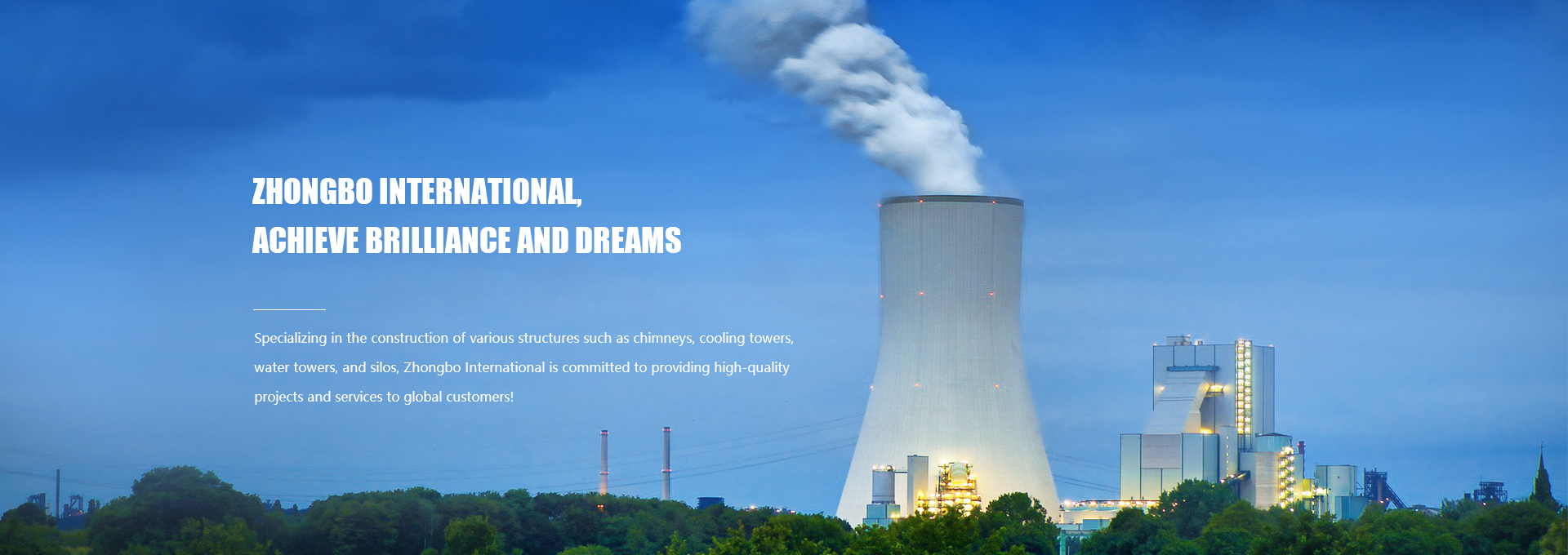Control standard for temperature difference between inlet and outlet water of glass fiber reinforced plastic cooling tower
The cooling tower is a kind of circulating heat dissipation equipment. It absorbs the waste heat generated in the production process through circulating water, enters the tower and sprays it onto the packing, and dissipates the heat into the air after contacting with the atmosphere to reduce the temperature of the circulating water. By mixing and contacting the hot and cold fluids in the tower, after the object to be cooled contacts the cooling water with the help of the temperature difference, the water is evaporated into the air to achieve the effect of self-cooling.
The following is the introduction to the cooling tower inlet and outlet water temperature difference control standards:
The temperature difference between the inlet and outlet water of the cooling tower is one of the effective methods to measure the cooling tower, and it is also an important part of the selection of cooling towers. In general, the standard design conditions of civil cooling towers are the inlet water temperature of 37 ℃, the outlet water is 2℃, and the temperature difference between the inlet and outlet water is 5℃. The design conditions of industrial cooling towers are generally divided into 65℃-45℃, 43℃-33℃, 40℃-32℃, etc. The temperature difference between the inlet and outlet water Up to 8℃-20℃.
When the cooling tower is in operation, it is necessary to keep all links unobstructed, and avoid blockage. Common blockages include pipe blockage and filler blockage due to excessive scale. If blockage occurs, it is best to clean it up at the first time. In order to keep the water flow of the cooling tower smooth, the cooling effect can be achieved.


